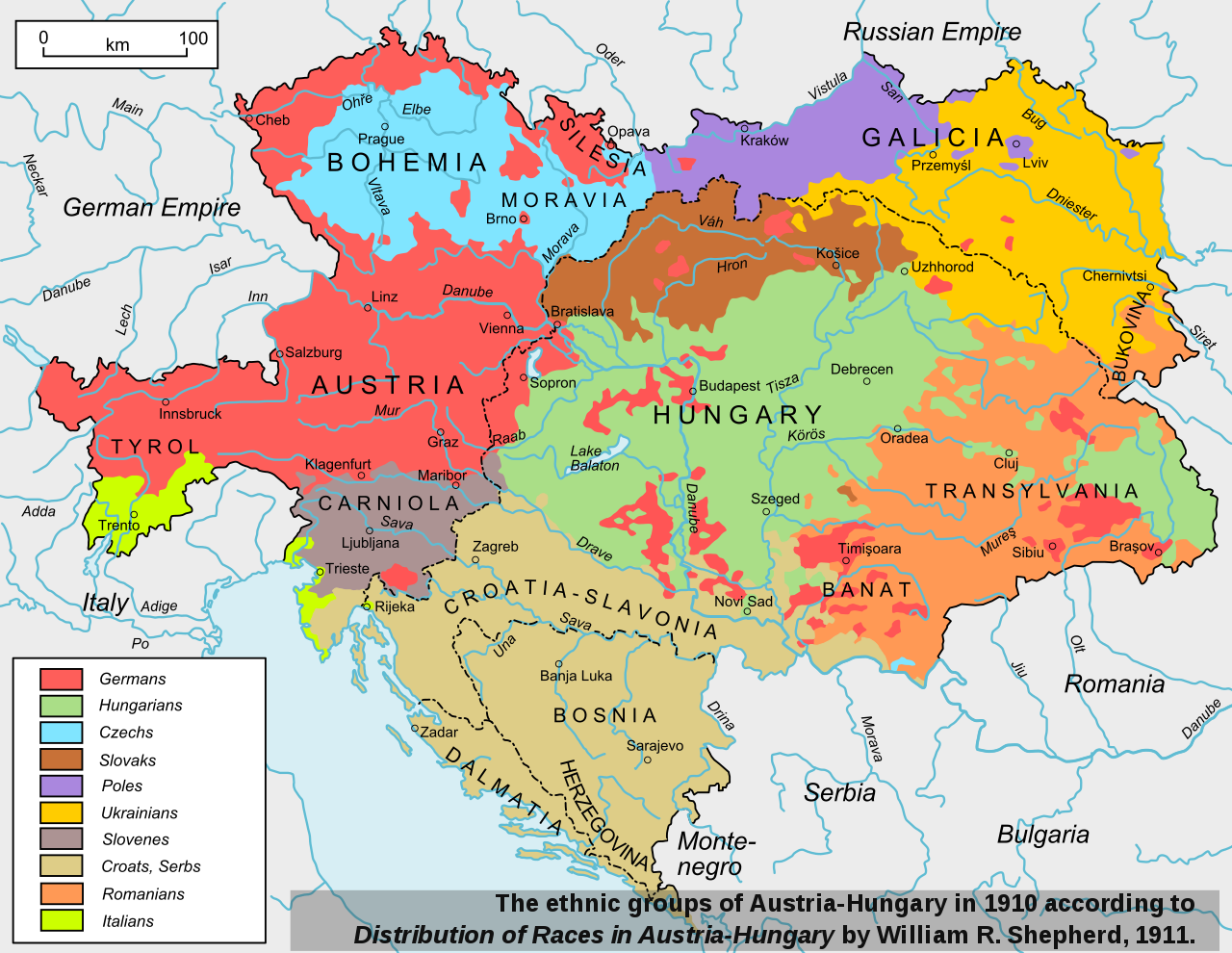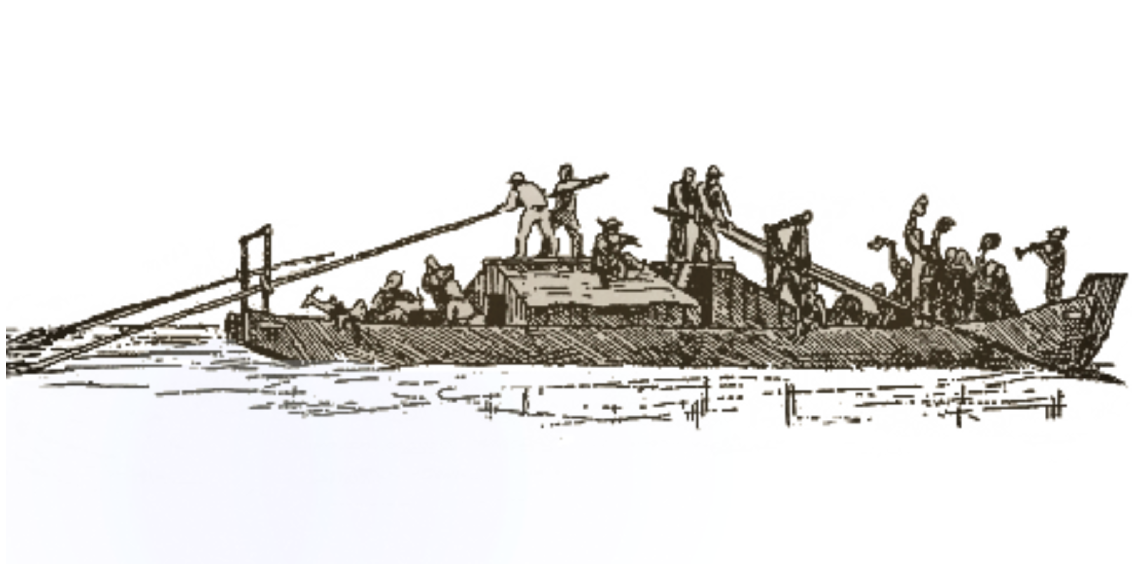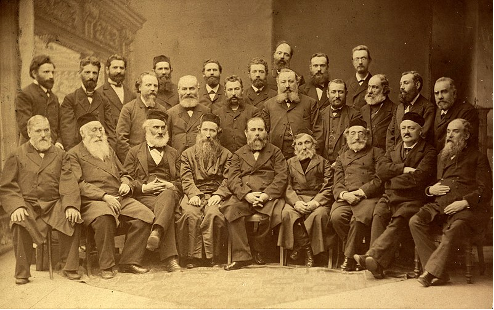
The Emancipation of Minorities in Central Europe: A Comparative Overview of Hungary, Poland, and Czechia
The emancipation of minorities in Central Europe has been a complex process, intertwined with shifting borders and evolving national identities. Hungary, Poland, and Czechia each faced unique challenges in minority rights. From the recognition of ethnic and national minorities to the modern fight for LGBTQ+ rights, the path to equality and inclusion has been long and continues to evolve.
In Hungary, one of the earliest significant efforts to address minority rights was the Nationalities Law of 1868. Passed in the aftermath of the Austro-Hungarian Compromise of 1867, this law sought to address the demands of Hungary’s diverse ethnic populations, including Slovaks, Romanians, Serbs, and Germans. While the law recognized the cultural and linguistic rights of these minorities, it also reflected the complexities and limitations of the era, as it struggled to balance the interests of a dominant Magyar nationalism with the aspirations of minority communities.
A century later, Hungary’s commitment to minority rights was further strengthened with the passage of the LXXVII of 1993 law, which laid out comprehensive protections for national and ethnic minorities. This law recognized 13 minority groups, granting them cultural autonomy, the right to use their languages in education and public life, and the ability to establish their own self-governing bodies. It marked a significant step towards integrating minority communities into the fabric of Hungarian society, while also acknowledging the painful legacy of previous assimilation policies.
In Czechia, minority rights have historically revolved around Czech-German relations, notably in the Sudetenland. The imposition of German as an administrative language under Joseph II exemplified past marginalization of non-German speakers. World War II and the post-war expulsion of Germans profoundly impacted Czech-German relations. Today, institutions like the German Minority Museum in Ústí nad Labem and Romani Museum in Brno highlight minority contributions. Post-1989 immigration, especially from Vietnam and Ukraine, further enriched Czech multiculturalism.
Poland’s minority history is particularly connected to Jewish and German communities. Zionism, emerging partly from the Chibbat Syjon movement, significantly influenced Polish Jewish history, highlighted by the Katowice Conference in 1884. In Silesia, the complex Polish-German-Silesian identity interplay reflects broader patterns of forced migrations after World War II, affecting minority rights and identity politics profoundly.
Cultural memory remains central to minority emancipation. Museums and memorials like the Polish Museum in Český Těšín and Roma Memorials in Hungary foster dialogue, understanding, and preservation of minority heritage. Figures like Theodor Herzl, whose vision for Zionism was shaped by Central European ethnic diversity, continue to influence minority-rights discourse globally.

Minorities in Hungary – Tata
Tata, a picturesque town in Hungary, is well-known not only for its historical and natural beauty but also for its role in the broader story of minority rights in Hungary and Central Europe. The town hosts the German Minority Museum, which stands as a testament to the presence and contributions of ethnic minorities in Hungary, especially the German community, also called the Danube Swabians. This museum provides a perspective to explore the broader history of minority emancipation in the region.

The birth of Zionism – Chibbat Syjon – Katowice
Chovaev Zion, or ‘Lovers of Zion’, was a Zionist movement established in the late 19th century in Eastern European lands. It focused on promoting Jewish emigration to Palestine and supporting settlement in the territories. The movement originated as a reaction to anti-Semitism and pogroms in Tsarist Russia. Along with other Zionist organisations, Chovevei Zion played an important role in the formation of Jewish identity and the push for a Jewish state.

The difficult search for multiethnic coexistence – Ústí nad Labem
The contemporary Czechia is constituted by three historical regions: Bohemia, Moravia and a portion of Silesia. The territory has been inhabited for millennia by a multitude of ethnic groups. In ancient times, the area was inhabited by the Celts, the first known inhabitants of the Czech lands. During the Roman Empire, it was populated by the Germans. The Boii, one of the Celtic tribes that inhabited the territory, bestowed upon it the name Bohemia in Latin and numerous other foreign languages. Following the departure of the Germanic Marcomanni during the Migration of Nations, the region was populated by Slavic tribes, among whom the Czechs established a dominant presence.

